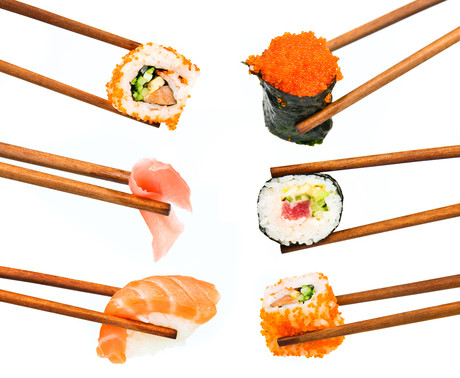More Aussies snacking on seaweed

Seaweed, particularly in snack form, is becoming more popular in Australia, according to a study from the University of the Sunshine Coast. Although some adventurous Australian consumers would try seaweed-based main meals, snacks such as crackers and sushi are more widely consumed.
A national survey of 521 Australian consumers revealed about 75% of respondents had eaten seaweed, but few (37%) reported consuming it regularly over the past 12 months.
“Seaweed has been touted as a whole food source, high in dietary fibre and omega-3 fatty acids,” said Nicholas Paul, USC aquaculture biologist Associate Professor and co-author of the study.
The researchers found these health benefits were one of the key drivers of consuming seaweed, as well as taste, natural, safe and fresh. The barriers, on the other hand, were lack of knowledge and familiarity, and the perception that seaweed is expensive. Well-educated, health-conscious females under 35 years old were the most likely to consume seaweed products.
Lead author and Associate Professor Dawn Birch said Australia remained an emerging market in the seaweed section of the global snack industry, which is expected to be worth $635 billion in 2020. However, it has the potential to be an enormous industry in Australia, according to Paul.
“We have a long way to go and we are not even in the same ballpark as Asia,” Birch said. “But the sushi trend is having a significant impact and it’s more likely that consumers will eat seaweed in a snack format before they move on to maybe eating a seaweed salad, smoothie or soup.
“Developing convenient and sophisticated seaweed products with tailored branding that appeals to this demographic will be critical to the emerging Australian seaweed industry and potentially that of other Western societies,” she said.
The study provided an insight into consumers’ attitudes towards seaweed, and will allow the emerging seaweed industry in Australia to adopt a demand-driven approach to developing relevant product offerings and targeted branding strategies.
The study was published in the Journal of International Food and Agribusiness Marketing.
Chocolate consumption trends in the US
Chocolate sales hit a new high in the US as it remains an 'affordable treat' duing...
Ready-made infant, toddler food study finds some falling short on nutrition
Some ready-made foods for infants and toddlers being sold in Australia are not meeting WHO...
PepsiCo achieves 3.5 Health Star Rating with chip ranges
PepsiCo Australia has achieved a 3.5 Health Star Rating (HSR) for its low-salt and baked potato...














